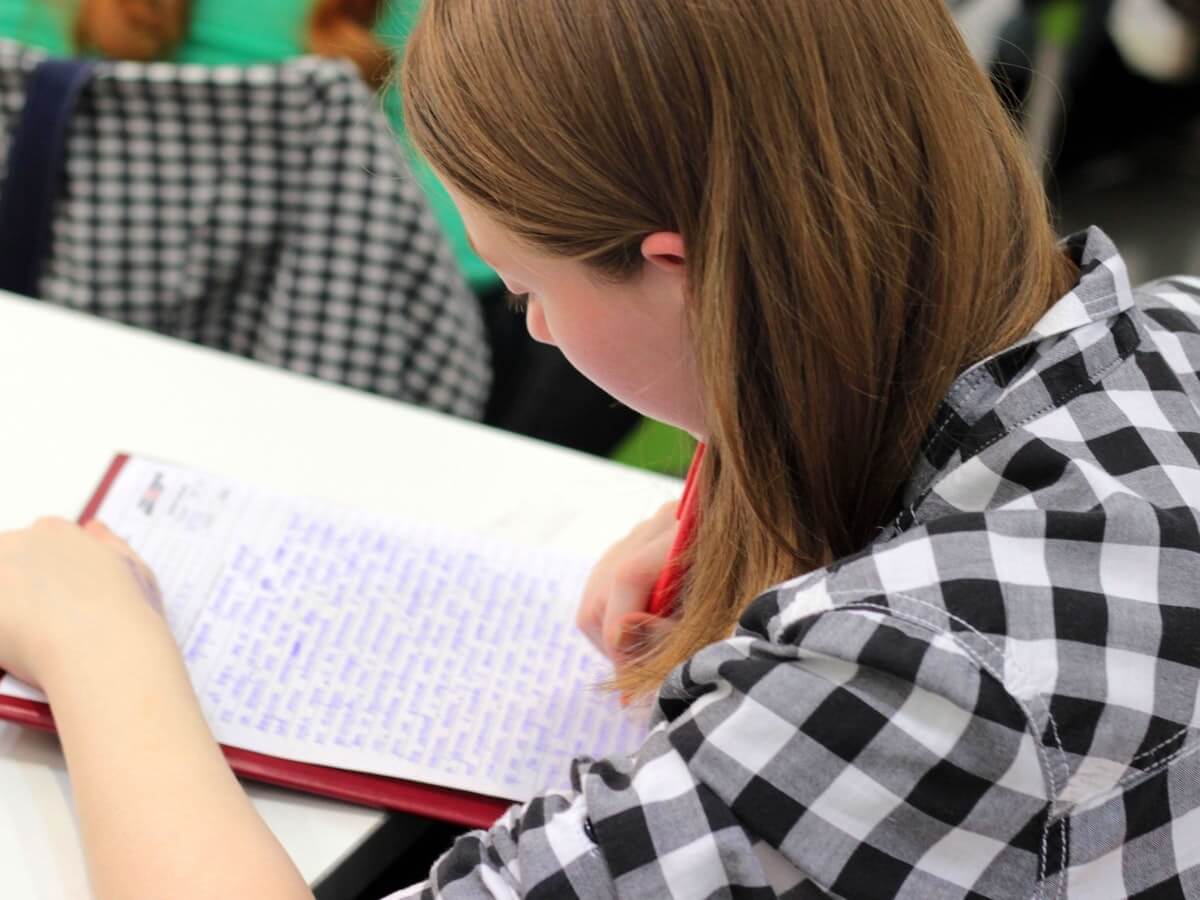
Manuscript preparation guidelines
October 30, 2018Proofreading
October 31, 2018Punctuations: When to use them
Punctuation is a procedure wherein symbols or signs are presented to a reader to indicate the manner in which a sentence has been constructed and how it is supposed to be read. Written accounts are constructed based on the robust foundation of sentences. These are complete statements. Punctuation within a sentence not only provides the manner in which it should be read but it also brings in clarity in the meaning. It is mandatory that each sentence begins with a capital letter and ends in a full-stop, question mark or exclamation mark. This simple system would indicate that a given sentence is complete.
Fundamental Punctuations (Symbols)
- comma ,
- full stop .
- exclamation mark !
- question mark ?
- semi-colon ;
- colon :
- apostrophe ‘
- quotation marks “ ”
- hyphen –
- brackets ( ) or [ ]
- slash /
There are many who are aware about all the above-mentioned punctuation marks but are confused about which punctuation to use in which scenario. For those of you who are unsure of when and where to use appropriate punctuations, this article presents in-depth information and intends to educate you on the use of punctuations. We adopt a step-by-step approach where we will provide information on how to use punctuations. However, this is not a single article and would be split into a series of articles where each article would cover one or more punctuations. You need to stay tuned to understand the whole gamut of punctuations and when and where to use it.
Let’s start with Comma.
The comma is specifically utilized within a sentence when you intend to;
- pause the readers before they can proceed further
- include an expression that is devoid of any new subject
- segregate each item from a string of items
- use more than one adjective
For instance, in the sentence below mentioned, the clause or phrase between the commas presents the reader with additional information regarding the actions of the boy, who is the subject within the sentence.
‘The boy, who knew that his father was about to reach, quickly ran as the front door opened’.
What is noteworthy here that in case the clause or the phrase was removed, it would not alter the meaning of the sentence but information would be lost. We can also split the sentence into two, separated by full stops.
‘The boy quickly sprinted to the front door. He knew that his father was about to reach’.
Commas are also utilized to segregate each item from a string of items.
For instance, ‘The shopping cart was heavily loaded with groceries such as pulses, apples, meat, vegetables, cereals, detergents, curd, milk, flour, soaps and shampoos’.
Commas can also be used to separate adjectives.
For instance, ‘The kids were extremely thrilled, enthusiastic, eager and filled with anticipation at the commencement of their winter vacations’.
Since commas indicate a pause, it would be good to read what you have written out aloud and attempt to hear any natural pauses that you make while reading. Many a time, you will realize where a comma should be included on the basis of a natural pause. At the same time, you should ensure that rules pertaining to the use of comma should be diligently followed.
For instance, ‘Nonetheless, it was observed that John had a penchant for music’.
In this article, we have covered ‘comma’. Come back to our page for more information on when to use different punctuation marks.
